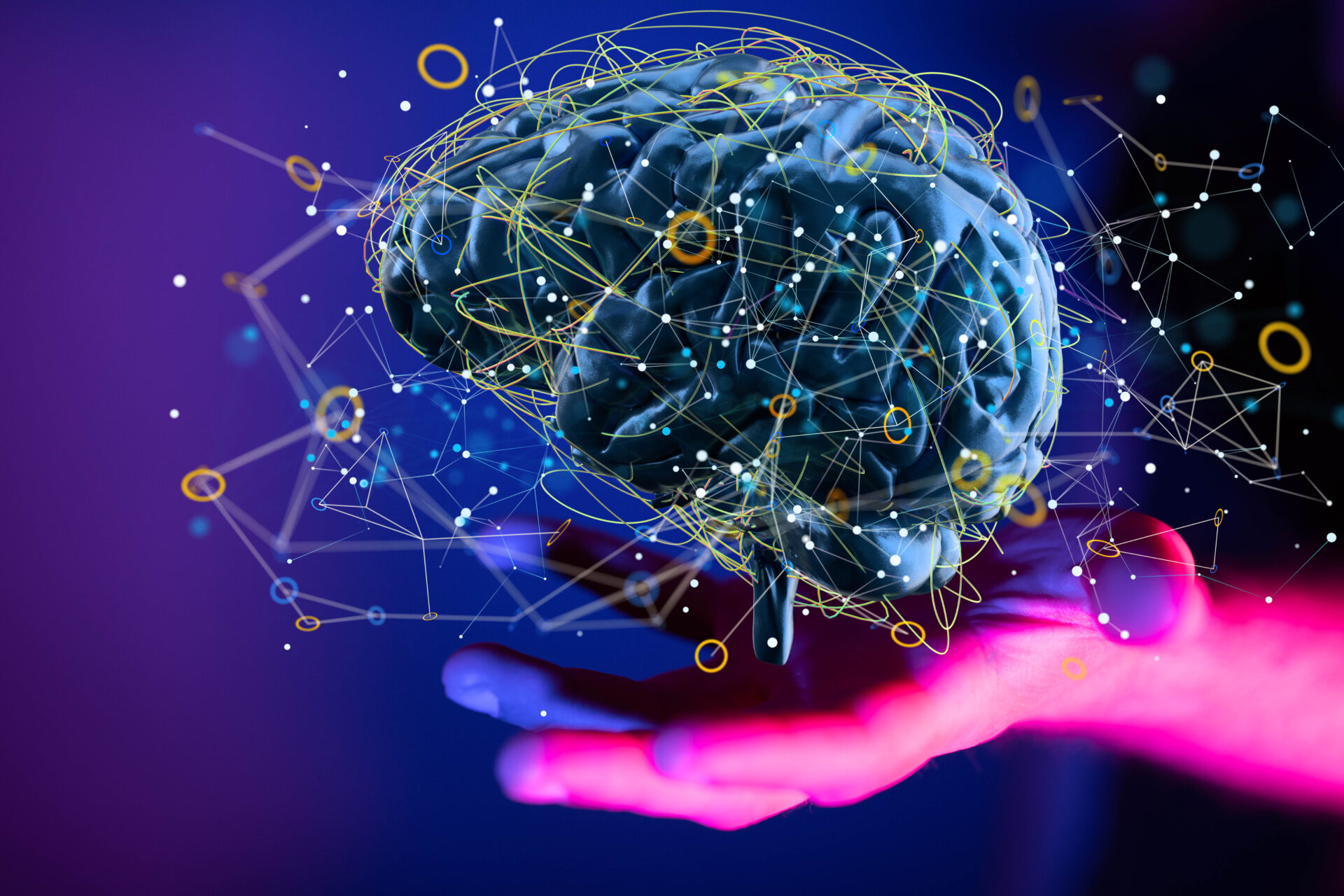
When we hire someone for their attitude, ability, capability and potential, we're essentially hiring them for their brain.
by Manasi Agarwal
September 28, 2022
“Our employees are our greatest resource.” — This is a sentiment we often hear from leaders across various organizations. There is ample research and conventions on enhancing employee engagement, creating happy workplaces and enabling learning and fun. Why? Employee involvement is critical to company growth and business relevance.
When we hire someone for their attitude, ability, capability and potential, we’re essentially hiring them for their brain. The last decade has seen a sharp rise in brain research (more than 50,000 articles published yearly since 2017). Therefore, we have a fantastic opportunity now to interpret, understand and apply those findings to the world of work.
This article will attempt simplistic explanations of otherwise complex concepts of learnability and mind wandering. It will try to sketch some takeaways for managers and leaders to experiment with and explore in their context.
Organization or human body: It’s chemistry, after all!
Imagine a brilliantly engineered car going uphill over unknown terrains. If not maintained well, it will crash. The same happens to a well-intentioned, bright employee who goes from one challenge to another, compromising sleep and nutrition, finally burning out in a few years.
As the leader manages the various facets of an organization, trying to ensure all parts work together toward a common goal, so does the brain. Imagine the brain as a master orchestrator who channels every single note, all musicians play in harmony and the result is sonorous.
Why do we attain expertise in some aspects of work and not all?
The great teamwork and synchronicity of neurons make all the difference. A famous phrase describes it well: ”Neurons that fire together, wire together.”
When we do more of something, the circuits in the brain that are activated during that task become stronger. Then, it is more easily recognized in the brain as a pattern or habit, and deeper gets stored in different parts of your brain. Anything associated with behaviour lasts indefinitely, whereas other long term potentiation decays quickly, over hours or days.
Intuition isn’t fluff
We can’t remember everything we have learned and experienced — years of wisdom captured through videos and books, conversations and water cooler chats. That’s when our intuition (a feeling of being right or feeling right, but can’t be explained logically) sheds light on the executive brain — the prefrontal cortex. Therefore, the best leaders are readers.
We are all power-on-power-off characters
Have you ever noticed how soldiers are experts at standing at attention? Motionless, alert. In contrast, a group of civilians at a train station find it very difficult to stay still. What’s the difference? Understanding and awareness of cognitive control (intentional selection of thoughts, emotions and behaviours based on current task demands and social context).
When trying to choose between habitual action and cognitive control, we choose cognitive control only when we see an emotionally valuable (including monetary) outcome at the end of the tunnel.
The PFC (prefrontal cortex) involves different parts of the complex process. The rostral lateral PFC represents desired long-term outcomes, the mid-LPFC supports the flexible construction of rule-outcome associations and the caudal LPFC translates rules into specific voluntary actions.
This aspect is essential to know because while organizations expect their people to understand their why, employees also have their own why. Due to a divergence between the two, there is hurt, conflict, humiliation and exit. It is no longer just about the hours. It’s about how you can make choices or accept differences of opinion.
What is the way out — if your brain is hell-bent on following the habitual action while the organization seems to believe that a change is unavoidable? The answer is controlling your selective attention. To deconstruct and delayer the differences in approach, one will need to pay attention, focus and assimilate.
Research suggests that people who have or will develop cognitive control skills may be able to stay on task longer and go deeper into a problem space. That extrapolates to coming up with solutions and figuring a way out. Getting into the flow without an internal realignment will only result in the mechanization of work.
How can leaders and managers use this simplistic understanding within organizations?
When the organization’s learning and development needs are closely tied to its strategy and goals, leaders should not expect micro-learning or quick fixes to do the job for them. Explain the why at all crucial junctures. Build a gym for the brain at the office. Give people time to learn, have critical conversations and do the relevant reading.
Break the myth of indispensability: A tiny percentage of people are good at three out of four core skills, but most tend to have natural strengths in two areas. Therefore, diversity is critical.
This aspect is linked to diverse thinking, which complements strong leadership skills. Management of high-potentials needs a rethink:
Focus on oxygenation: Sounds simplistic, but it’s quite relevant to the workplace because so many people are in sedentary jobs. If you’ve sat down at the office all day and you drag yourself to the gym a few nights a week, that’s not as good for your brain as finding a form of exercise that you enjoy incorporating into your day. Create opportunities for people to move around the office.
Encourage flexibility, but talk routine: After a night of sleep disturbance, you’re working with an apparent IQ loss of five to eight points the next day. Choosing what you’re going to wear the night before, having a vision of the week’s work and building certainty on small things can mean that by the time your team turns up to the position, everyone has more cognitive power for the rest of the day.
Make learning concentration and focus a necessity. The more you expect people to go with the flow, the more they will be unable to be in flow. Inculcate quiet work areas, silent zones and less noise on the floor. Get teams to identify focus pockets during the week where they will work with a high cognitive load.
The way forward
This article has indicative evidence which showcases clearly that there is much more to understanding people. The importance of understanding the basics of the human brain not only helps us give meaning to responses, interpretation, tasks and decisions, but also adds an additional layer of logic when organizations think of its people. Such scientific view erodes the subjectivity in workplaces.
While we are getting started in this journey, I hope that metacognitive understanding can help pave the way forward for organizations.




